Every garden tells a story, and one of the best ways to enhance that narrative is through decorative garden art. As an avid gardener and outdoor enthusiast, I can personally attest to how art can transform a simple plot of land into a vibrant sanctuary. In this article, we will explore various types of decorative garden art, tips on choosing the right pieces, and how to incorporate them into your outdoor space. Let’s dig in!
What Is Decorative Garden Art?
Decorative garden art encompasses various items designed to beautify outdoor spaces. From sculptures and birdbaths to garden stakes and wind chimes, these pieces not only enhance aesthetics but can also reflect your personality and style.
Benefits of Decorative Garden Art
- Enhances Aesthetic Appeal: Art brings color, texture, and character to your garden.
- Expresses Personality: Your choices in art can showcase your taste and style.
- Creates Focal Points: Unique pieces can draw the eye and create interest.
- Adds Functionality: Items like birdbaths can attract wildlife, enhancing your garden’s ecosystem.
Popular Types of Decorative Garden Art
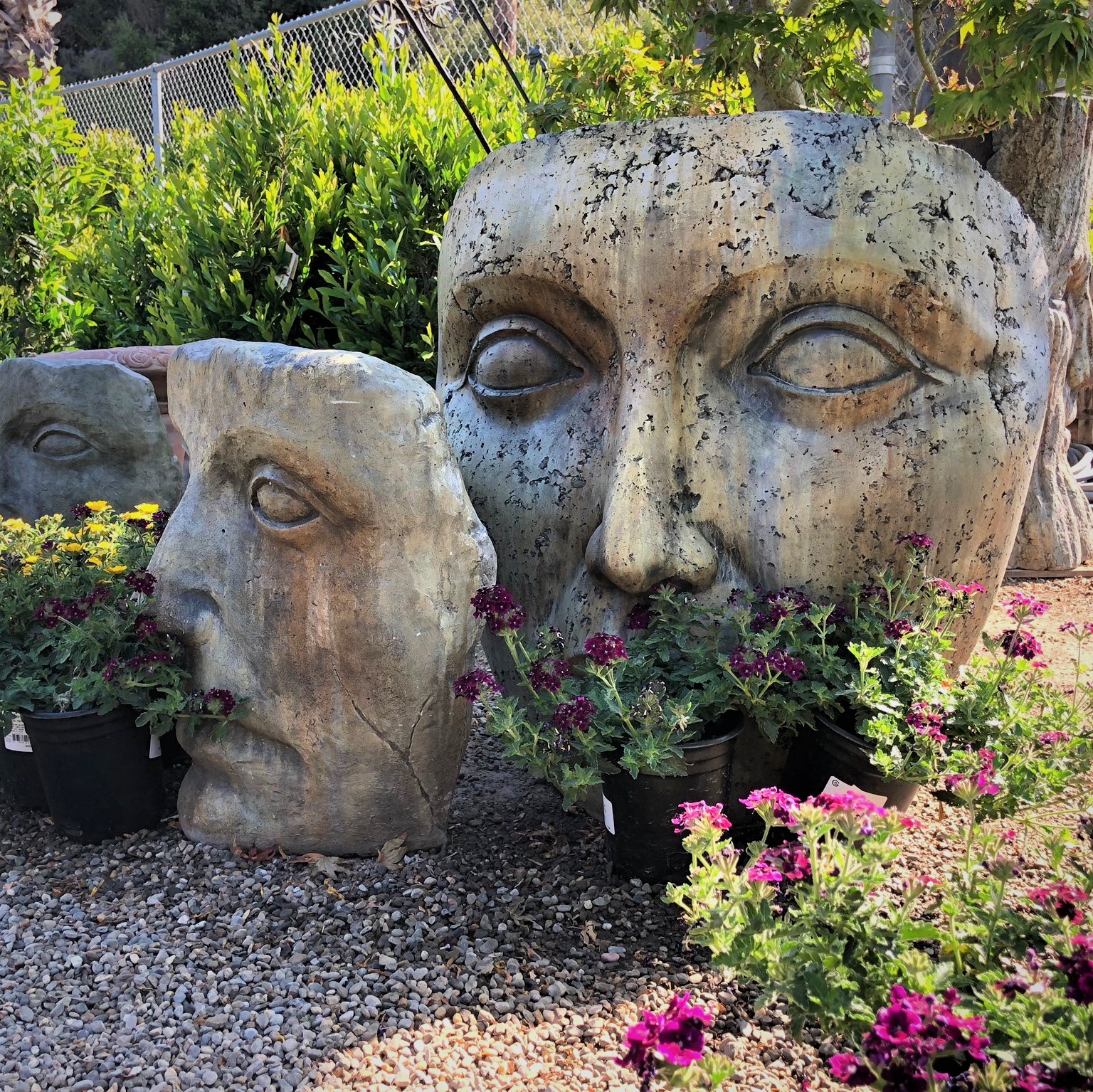
1. Sculptures
Sculptures can range from small figurines to large installations. They can be made from various materials, including metal, stone, and wood. Here are some popular materials:
| Material | Pros | Cons |
|---|---|---|
| Metal | Durable, weather-resistant | Can rust if untreated |
| Stone | Timeless, natural look | Heavy, difficult to move |
| Wood | Warm, inviting feel | Can rot over time |
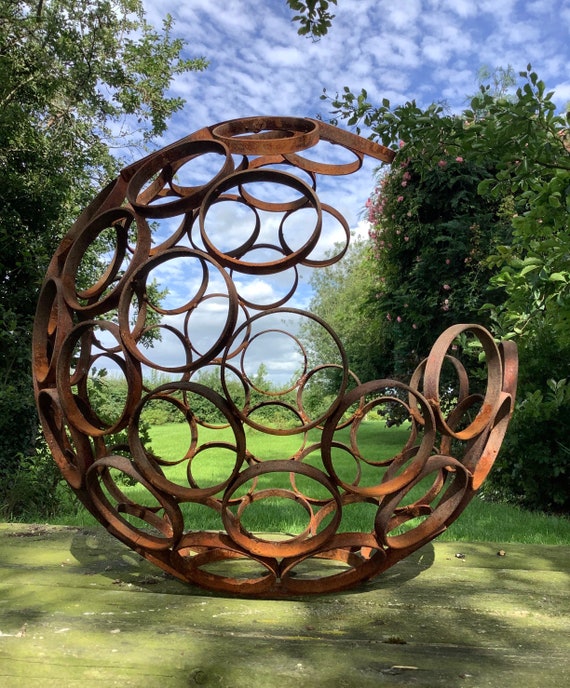
2. Garden Stakes
Garden stakes are easy to install and can instantly uplift your garden’s look. You can find them in various shapes, sizes, and designs; some even incorporate solar lights!
3. Birdbaths and Feeders
These functional art pieces attract local wildlife, allowing you to enjoy the beauty of birds in your garden. Plus, they come in a plethora of designs to match your style.
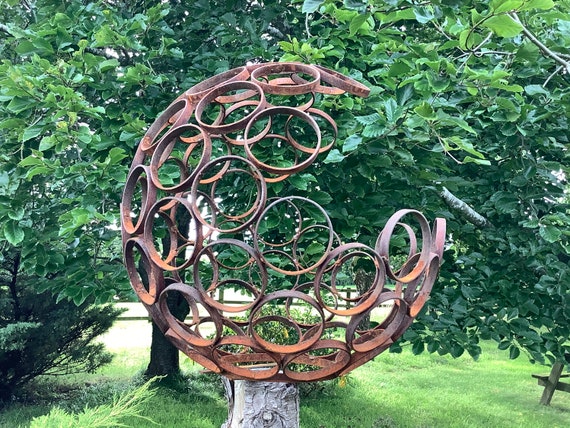
4. Wind Chimes
Wind chimes add a delightful sound element to your garden. They come in various materials, including bamboo and metal, and their melodic tunes can create a relaxing atmosphere.
5. Wall Art
Don’t forget about vertical space! Wall art can bring a different dimension to your garden. Items like decorative panels or hanging planters can add flair to fences or walls.

Choosing the Right Decorative Garden Art
Consider Your Garden Style
Before purchasing decorative art, consider your garden’s overall style. Is it formal, rustic, whimsical, or tropical? Your art should complement your existing design.
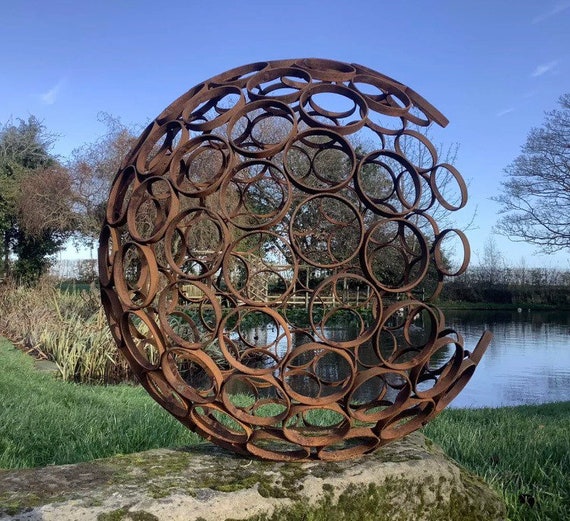
Scale and Proportion
Large sculptures in compact spaces can overwhelm a garden, while tiny pieces can get lost in vast areas. Finding the right scale is essential.
Color and Material Coordination
Think about the color scheme and materials used in your garden. Selecting pieces that blend or contrast harmoniously can significantly enhance the overall look.
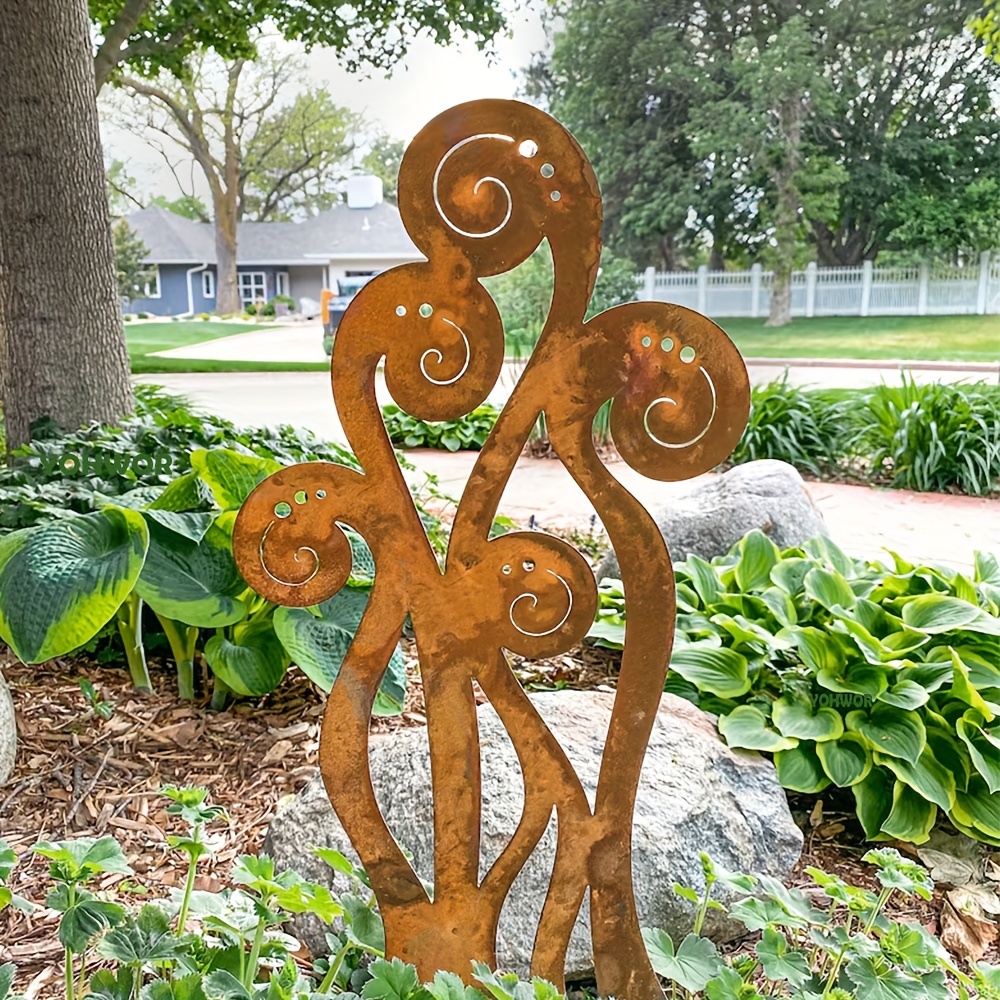
Where to Place Decorative Garden Art
Creating Focal Points
Positioning a stunning sculpture at the end of a pathway or in the center of a flower bed can draw the eye and create a focal point.

Enhancing Pathways and Borders
Use smaller art pieces to line pathways or mark borders, guiding visitors through your garden while adding charm.
Layering with Plants
To create depth, consider placing art behind taller plants or within a flower arrangement, allowing it to peek through foliage.
Maintaining Your Decorative Garden Art
Just like your garden, decorative art requires some care to maintain its beauty. Here are a few tips:
Regular Cleaning
Dust, dirt, and grime can accumulate on your garden art. A gentle wash with water and a non-abrasive cloth can keep your pieces looking fresh.
Seasonal Adjustments
Depending on your climate, you may need to store or protect certain art pieces during extreme weather. For example, metal items might need rust protection, while wooden pieces might need sealing.
Periodic Inspections
Regularly check for any signs of wear and tear. Early intervention can prevent more extensive damage and costly repairs.
Personal Reflections: My Journey with Decorative Garden Art
When I first started gardening, I filled my space with only plants and flowers. However, once I introduced decorative art, I realized how much life and personality it could add. I remember finding an old, rusted metal sculpture at a flea market. It was imperfectly beautiful and became the centerpiece of my garden. Friends and family often comment on it, sparking conversations and admiration. My art collection has grown since then, and each piece tells a story. From whimsical garden gnomes to elegant wind chimes, every item reflects my journey as a gardener.
FAQs About Decorative Garden Art
What types of materials are commonly used in decorative garden art?
Common materials include metal, stone, wood, ceramic, and glass, each offering unique aesthetics and durability.
How can I make DIY garden art?
You can create DIY garden art using materials like reclaimed wood, old kitchenware, or even painted stones. Get creative with paints, mosaics, or sculptures!
Is decorative garden art expensive?
The price range for garden art varies widely. You can find affordable options at craft stores, flea markets, or even create your own, making it accessible for all budgets.
How do I keep my garden art from being stolen or damaged?
Choose heavier pieces or secure lighter items with stakes. Consider using tamper-proof fasteners for sculptures and keep valuable art in less accessible areas.
Can I use indoor art in my garden?
While some indoor art can be used outdoors, ensure they are weather-resistant. Otherwise, they may not withstand the outdoor elements.
Conclusion: Elevate Your Outdoor Space with Decorative Garden Art
Incorporating decorative garden art into your outdoor space is an enriching experience. Not only does it enhance the aesthetic appeal of your garden, but it also allows you to express your unique style and personality. Whether you prefer whimsical sculptures or elegant birdbaths, there’s something out there that can speak to your gardening soul. So, go ahead and explore the world of decorative garden art—your garden deserves it!